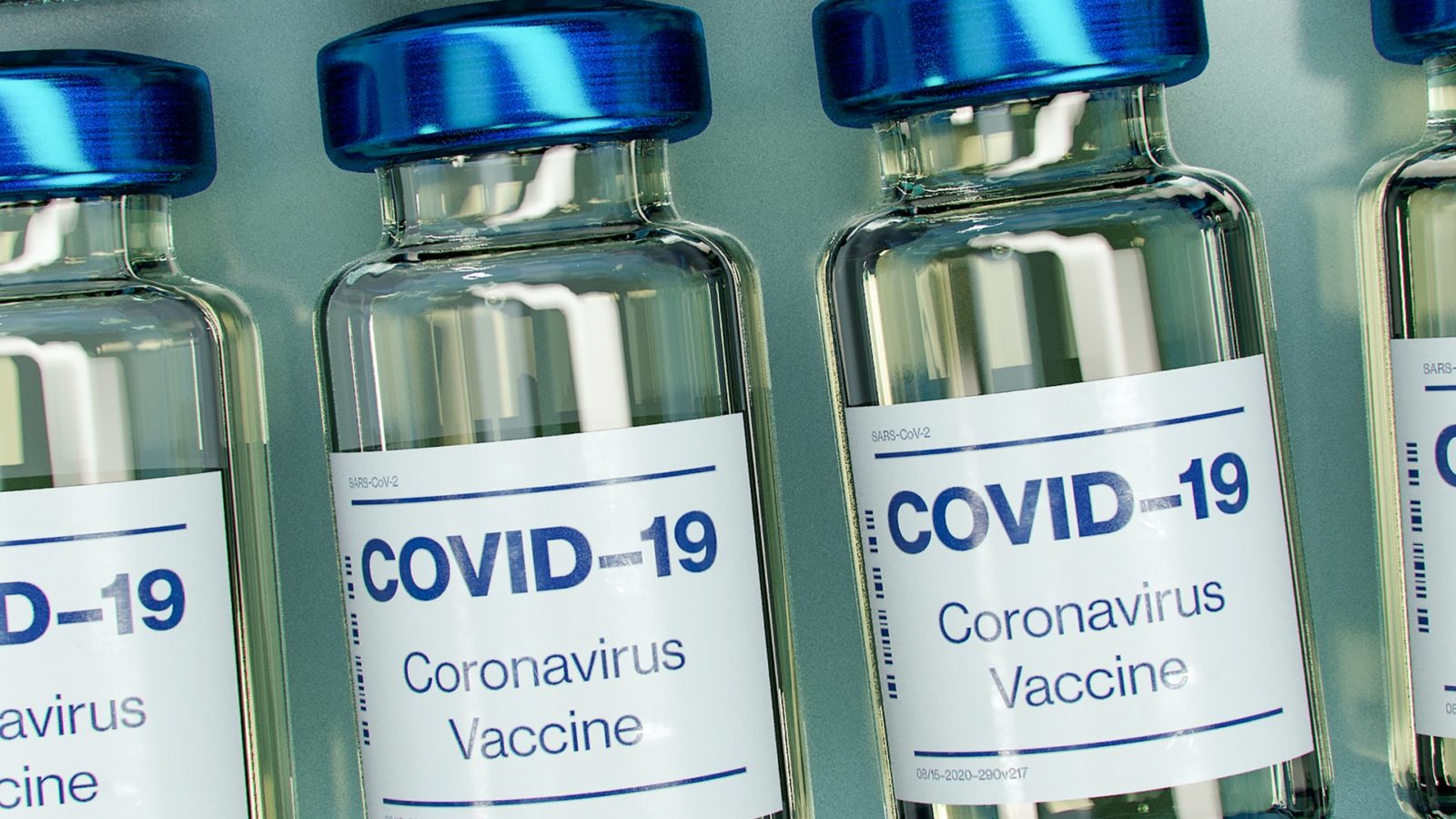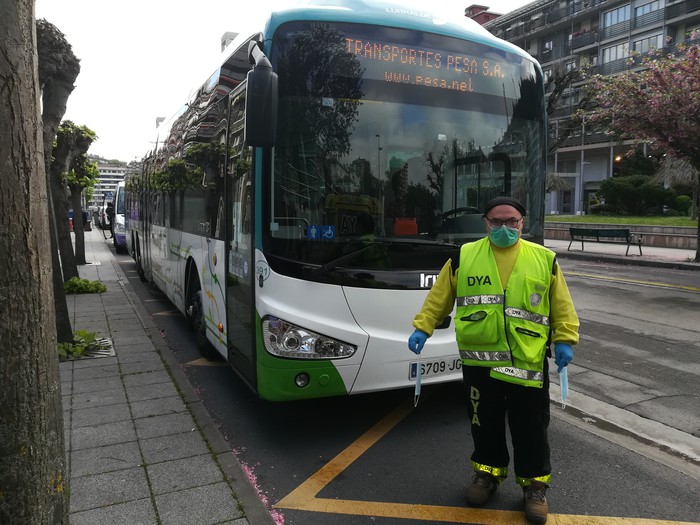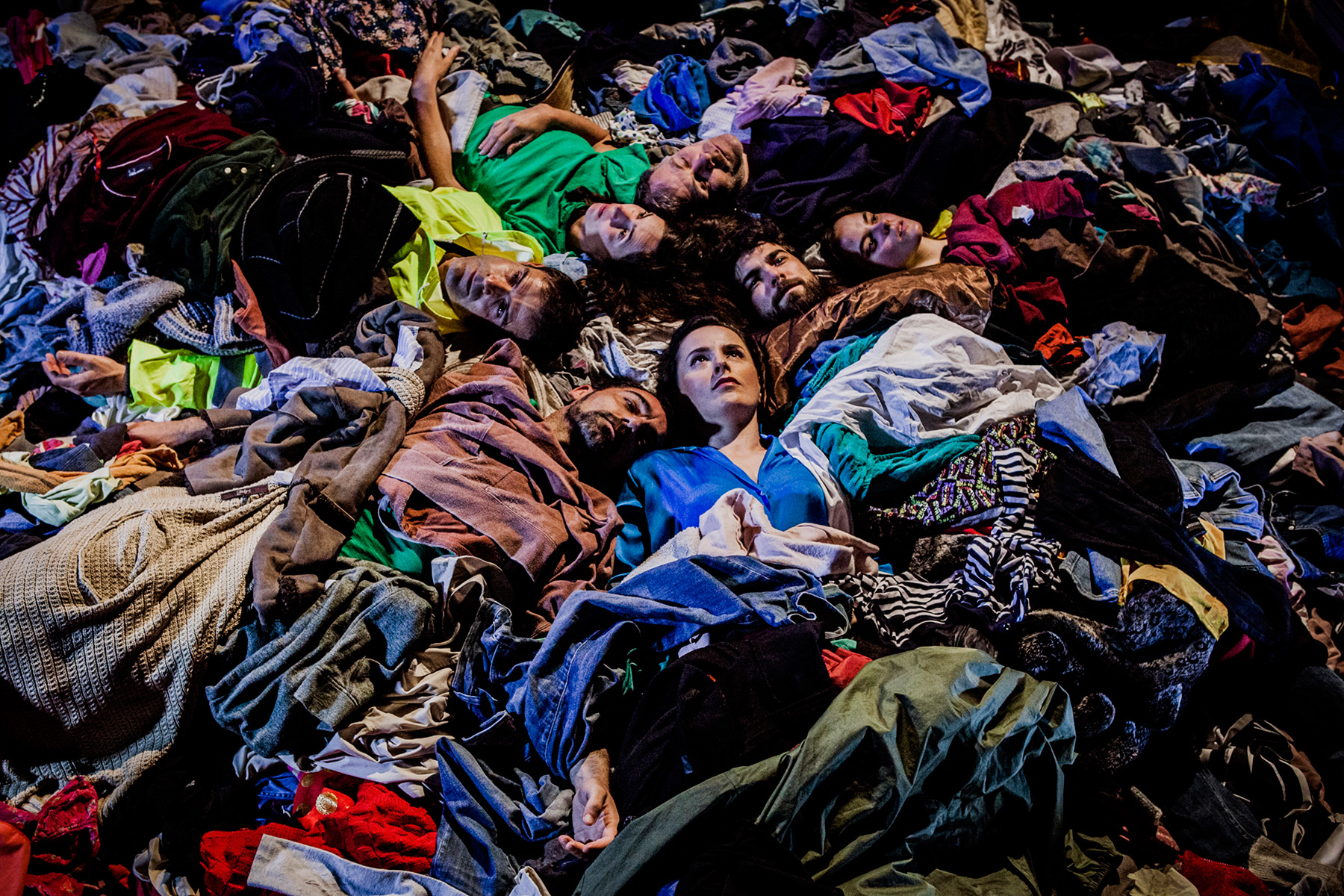He knows more about COVID-19 or Coronavirus, the Hernaniarra Miguel Von Wichmann. It is an infectious doctor who is part of your usual practice, treating patients potentially affected by this type of virus. In recent weeks, however, their usual work dynamics have changed radically, and “almost entirely”, treating patients with Coronavirus at this time.
But not only as a doctor, but also as a patient it has touched him to know the virus, this time. He was one of the first. It was infected when it was believed that the coronavirus had not yet reached the Basque Country. After a week with symptoms, he got worse and had the test: He tested positive and stayed for two weeks in the hospital.
Among other things, he talked to Kronika about the characteristics of the virus, the symptoms, the forms of contagion and the measures to not spread it.
You're an infectious doctor. What is your daily work?
In our usual work we treat patients with infections, both those hospitalized and those who come to the clinic. We see respiratory, bone, cardiac, travel trapped, or antibiotic-resistant infections.
And during these weeks, in the state of health alarm, what is your job doing? Do you have direct contact with coronavirus patients?
In recent weeks, our usual dynamic has changed radically, and our work has focused on treating Coronavirus patients in their entirety. At this point, all patients admitted to our plant have Coronavirus. In the Intensive Care Unit there has also been a large increase in the number of patients admitted with coronavirus, but in recent days the numbers are stabilizing and, if necessary, there is still room and responsiveness.
In the first person you have also known the COVID-19 virus. It was one of the first cases. How did you get infected?
The first cases of coronavirus diagnosed in Gipuzkoa were reported in the last week of February, and most were related to trips to Italy.
I was one of the first cases, yes, but in recent weeks I did not travel abroad or have direct contact with any foreigner. It is possible, therefore, that the virus is on the street a few weeks earlier than expected and that a patient admitted for respiratory infection has infected me.
Tell us what the process was like: how you started to notice the virus and how the next few weeks went.
As in most cases, the first week I started with coughing, sore throat and low fever. In the second week, they started with a high fever and respiratory problems, and I was admitted.
At first we didn't know there was Covid-19 here, but after several doctors tested positive in Vitoria, they also tested me and saw that I had a virus.
How long did he stay in the hospital? Was he okay when he went home?
I was admitted on 3 March and was hospitalized for 14 days. When I returned home I was much better, but I still had to wait another two weeks with isolation measures.
Do you think the virus is more contagious than originally thought? What are the forms of contagion?
Yes, we've seen it's more contagious than we were told at the beginning of the epidemic.
Contamination occurs with large droplets of txistu spitting through the mouth when coughing, sneezing, or talking. That is why we say that we must maintain the distance of 1.5 metres between us. There is also a risk of infection through the hands if objects that may contain viruses are touched. That's why it's so important to wash your hands often with soap and limit contact between people as much as possible.
Is the contamination rate high? For example, if five people talk for half an hour without leaving a meter and a half away, and you have the Coronavirus, will you all be infected?
That is, the transmission of the infection occurs relatively easily. It seems that the risk of infection depends on the amount of virus the infected person has, and this occurs especially in the first phase of contamination. However, it should also be taken into account that a person who has no symptoms can be contagious.
If we have enough time with an infected person, obviously we can all be infected, but then each one can develop a very different symptomatology: as some can pass without symptoms, others can have severe symptoms.
What are the measures to prevent infection?
Respect the distance of 1.5 meters with respect to other people, wash your hands frequently and with soap, cover your mouth well when coughing or sneezing (better with your elbow) and of course limit the exits to the minimum necessary.
The debate with face masks is that there are those who say that they are valuable in not infecting and others that are only useful for health or for those infected. What do you say?
The use of masks is necessary for those who care for or treat an infected person, as well as for jobs where minimum distances or public transport cannot be respected.
The problem we have at the moment is that we do not have enough face masks with proven efficacy to respond to those preferred uses. When it is ensured that the quantities are sufficient and that there are no abuses in sales prices, we will be able to consider it to be used by the whole population. At the moment it is impossible.
Uncertified face masks do not fulfil the necessary filter function, so they do not guarantee the effectiveness needed to avoid contamination.
As an infectious doctor: What is this virus like? What do we know about that?
This virus is part of a very large family. We call them coronavirus, because they all have corona like spikes. Within this family there are several viruses with different symptoms: some produce a common cold, while SARS or MERS have had a higher mortality rate. There are also some very typical animals.
Is it true that he was born in bats? How did it get to us?
The origin seems to be in the xaguxars, yes, since a virus with a similarity of 98% has been found in these animals. Subsequently, through an animal called Pangolin, which they eat in China, the virus has been strengthened and has gained the ability to infect humans. This explains why the first cases of coronavirus have been found in a Chinese market in Wuhan, where wild animals are sold.
The virus is mutating and transforming, right? What's that like?
Yes, as with all viruses, it also has a great adaptive power, and that achieves through mutation. This is more common in viruses that are encoded with the RNA genetic code. Mutations can increase or decrease their levels of aggressiveness.
What are the risks of this mutation? Does it make it difficult to get the vaccine?
The mutations you've had since the virus passed to humans have not changed the attachment zone to our cells, and that's the place where it infects us. Therefore, the sum of the vaccines to be affected in this area is expected to be valid in all cases.
When can we have this vaccine? Once the vaccine has been obtained, what is the next step?
To be able to use a vaccine, it must be proven before it is effective and safe for humans, and to carry out this work several months of research are needed. That’s why, although there are many groups that are doing these studies, getting the vaccine by hand will take months.
In addition, once the vaccine is obtained, it is necessary to be able to produce at a reasonable price worldwide. The use, therefore, is going to be focused on the new epidemics we may have in the future, just as we do with the flu.
The person who has passed the virus is considered immune. Is that the case?
We know that a person who overcomes the infection develops immunity. In this sense, it is very interesting to see how the possibility of using serum extracted from the blood of cured people is being evaluated to protect infected patients. What we do not know is the duration of this protection, as Coronavirus is an infection that still has a medical history that is too short.
What evolution can the virus have in the coming months? Will it paralyse the summer, as they say?
The epidemic will be reduced when there are enough people who have developed immunity. We have no evidence that it will decrease due to heat, but in our case and taking into account the number of people infected, that decrease may coincide with summer.
In the southern hemisphere, the virus has also spread to all climates and temperatures. It's true that that's true of the coronavirus that causes the traditional cold, but it's too early to come to that conclusion with Covid-19.
We are still in lockdown, at least until 26 April. What is the benefit of this measure? What else could happen?
Containment has slowed down the spread of infection. Although the health system has been heavily burdened, this slowdown in contagion has, for our part, enabled us to respond well to cases that, above all, can be serious. It is difficult to assess the benefit of containment measures correctly, as it is impossible to diagnose those infected with no symptoms or mild symptoms.
What we are clear about is that if these measures had not been taken, the spread of the virus would be much faster and our health system would overflow, suffering many preventable deaths through medical services.
Although some just want to focus on the current situation, the source of the current shortcomings of the public health system must be the cutbacks suffered in recent years. However, and especially thanks to its professionals, here we have a public health system comparable to very few countries in the world.
We must welcome the availability of all professionals working in the health sector, but not only of doctors or nurses, but also of cleaning personnel, supplies or catering services in the area; services that have been privatized and precarious in recent years through subcontracting. Thanks to all of them, it has been possible to compensate for the deficiencies that have resulted from the cuts.
There are countries that have not taken this measure ... What do you say?
That these measures are absolutely necessary to ensure the protection of the most vulnerable. However, these countries, which were initially negative, are now, albeit late and with very few measures, also implementing measures. There is only one example of the United States: with a completely privatized deficient health system, it is already the country with the most infections, which is bearing the highest social cost, and which will soon have the highest mortality rate in the world.
We have no doubt that the decision that has helped to control the growth of pollution has been the closure of all non-priority companies, although this has also fallen short. In this pandemic situation, decisions on containment should only be taken in terms of health, and not at all, as some people intend to do, with economic objectives in mind.
If instead of focusing on health, we focus on economic goals and overspeed containment measures, we professionals are clear about the results: the numbers of contagion will increase, the health system will collapse and, of course, the mortality rates will increase.
At this point, we have begun to reduce the number of patients who arrive at the hospitals and who are admitted to the hospital. If we do not maintain the containment and protection measures for as long as necessary, with the effort made so far we will lose everything we have gained.
























